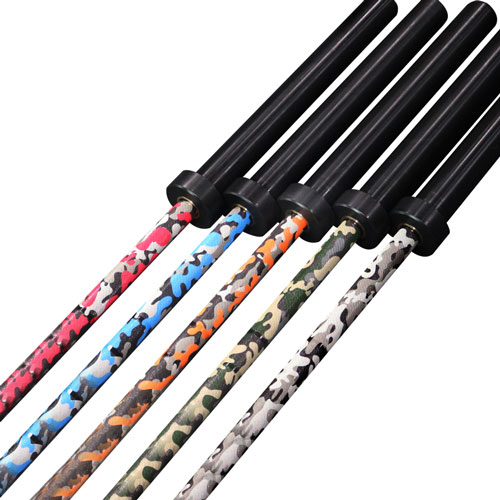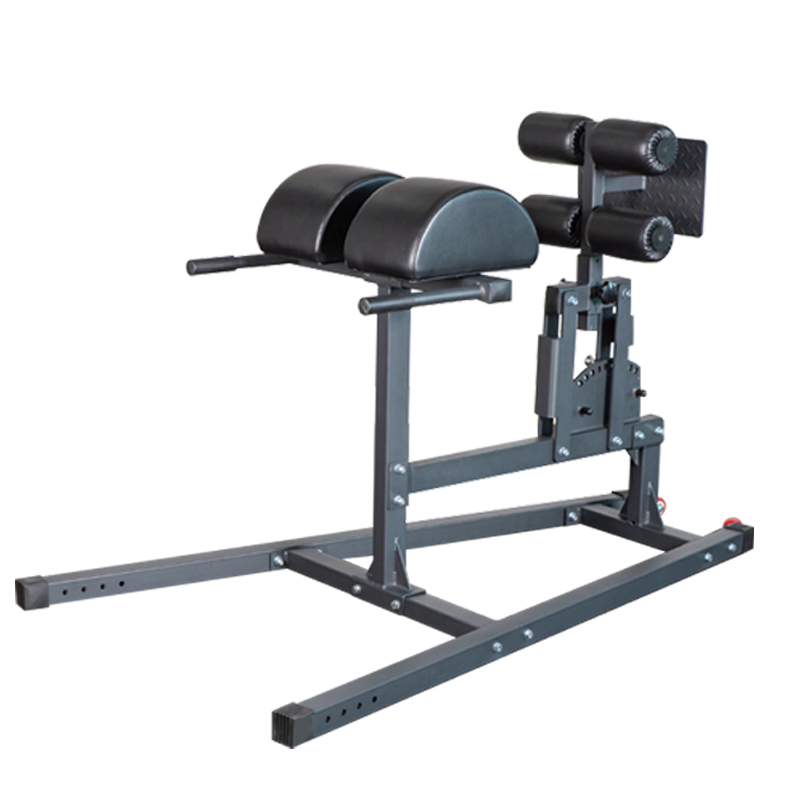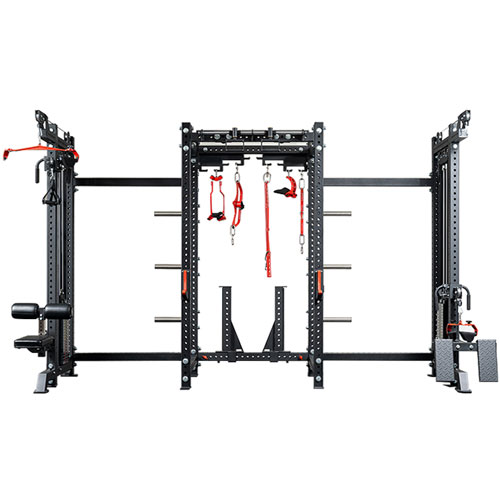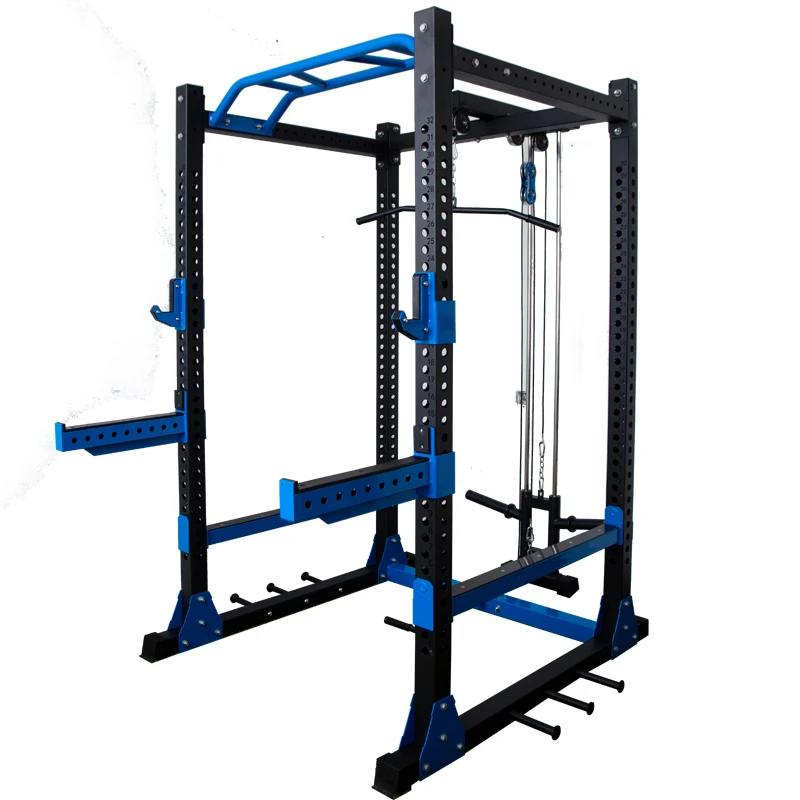Gym Equipment Maintenance : Essential Care Guidelines

Why Maintenance Matters
Your gym equipment is the backbone of every workout—barbells clanging, benches supporting heavy lifts, and racks standing firm. But without proper care, even the toughest gear can rust, wobble, or break, turning a thriving gym into a repair shop. Maintenance isn't just about fixing what's broken; it's about keeping your facility safe, functional, and inviting. Whether you're running a commercial gym or a home setup, these guidelines will help you extend equipment life, cut costs, and keep your lifters happy.
Think of it like training: consistency and attention to detail pay off. Let's walk through the essential care steps to keep your gym gear in top shape.
Care Guideline 1: Inspect Regularly
Start with a habit—check your equipment weekly. Look for rust on barbells, cracks in rubber plates, loose bolts on racks, or frayed cables on machines. A quick once-over can catch small issues before they turn into big headaches. For example, a wobbly bench might just need a tightened screw, saving you from a full replacement. Keep a checklist: frames, grips, weights, and moving parts. It takes 10 minutes but can save you hundreds in repairs.
Barbells, especially, need love—rust can sneak up fast. Here's a deeper dive into keeping them pristine:
Care Guideline 2: Clean with Purpose
Sweat, chalk, and grime are your gear's enemies. Wipe down benches, bars, and handles after every session with a mild disinfectant—nothing harsh that'll strip coatings. For rubber plates, a damp cloth and gentle soap work wonders; avoid abrasives that chew up the surface. In a busy gym, set up a cleaning station with rags and spray bottles—members will pitch in if it's easy.
Rubber bumper plates need special attention to stay durable. Check out this guide for specifics:
Care Guideline 3: Lubricate Moving Parts
Racks and machines with hinges or pulleys need a little grease to stay smooth. Use a silicone-based lubricant—never WD-40, which attracts dust—on pivot points and sleeves monthly. For barbells, a light coat of oil on the sleeves keeps them spinning freely; just wipe off excess to avoid a mess. This small step cuts down on wear and keeps lifts feeling effortless.
Dumbbells can benefit from care too—here's how to keep them looking fresh:
Care Guideline 4: Store Smart
Where your gear lives matters. Keep plates off damp floors—use racks to prevent rust and scratches. Barbells should rest horizontally on a stand, not leaned against walls where they can bend. In humid climates, a dehumidifier ($100-$200) can be a game-changer for metal gear. Proper storage isn't just tidy; it's protective, saving you replacements down the line.
Need storage ideas? This guide's got practical tips:
Care Guideline 5: Schedule Professional Checkups
DIY care goes far, but pros catch what you miss. Every six months, hire a technician to inspect heavy-duty gear—racks, machines, anything with welds or cables. Costs vary ($100-$300 per visit), but it's cheaper than a snapped bar or a lawsuit. They'll tighten, adjust, and spot wear you might overlook, keeping your gym safe and smooth.
For a broader look at long-term care, this resource is gold:
The Payoff: Gear That Lasts
Follow these steps, and your equipment won't just survive—it'll thrive. Racks stay steady, plates keep dropping without cracking, and lifters trust every rep. You'll save on replacements, dodge downtime, and build a rep for a gym that's built to last. Maintenance isn't glamorous, but it's the unsung hero of a great workout space. Put these habits in play, and watch your gear—and your gym—stand the test of time.
Need Help Keeping Your Gym Gear in Top Shape?
Proper maintenance starts with quality equipment designed to last—saving you time and money in the long run.
Explore how Leadman Fitness can supply durable, low-maintenance gym solutions tailored to your needs. Reach out today for a free quote!
FAQ About Gym Equipment Maintenance
How often should I clean gym equipment?
Daily wiping after use keeps grime at bay. Deep clean weekly for rubber and metal surfaces to maintain condition.
Can I prevent rust on metal gear?
Yes—store in a dry space, wipe off sweat, and apply a thin oil layer to barbells or plates monthly.
What's the best lubricant for gym equipment?
Silicone-based lubricants are ideal for hinges and sleeves—non-sticky and dust-resistant.
How long does commercial gym gear last with good care?
With regular maintenance, 5-10 years is typical; high-quality pieces can push past a decade.
When should I replace equipment?
Swap out gear with visible cracks, bent frames, or worn parts that can't be fixed—safety first.





